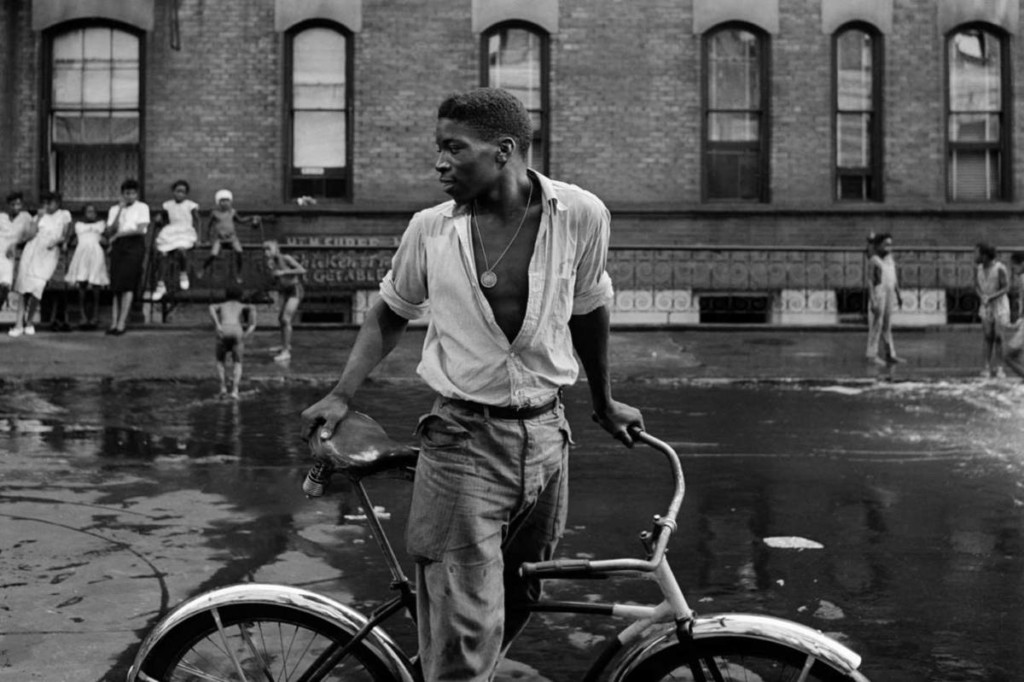Framing Streets - The Facts
10 Easy Facts About Framing Streets Shown
Table of ContentsSome Ideas on Framing Streets You Need To Know9 Easy Facts About Framing Streets ExplainedGet This Report on Framing StreetsSome Ideas on Framing Streets You Need To KnowTop Guidelines Of Framing StreetsThe 8-Second Trick For Framing Streets
Digital photography genre "Crufts Canine Show 1968" by Tony Ray-Jones Road digital photography (additionally occasionally called candid photography) is photography conducted for art or inquiry that includes unmediated opportunity encounters and random cases within public locations, typically with the purpose of catching photos at a definitive or poignant moment by careful framework and timing. 
The smart Trick of Framing Streets That Nobody is Discussing
Susan Sontag, 1977 Street digital photography can concentrate on individuals and their actions in public. In this respect, the street photographer resembles social documentary professional photographers or photographers who likewise operate in public places, however with the purpose of catching newsworthy events. Any one of these professional photographers' photos may capture people and residential or commercial property noticeable within or from public places, which usually requires browsing ethical problems and laws of privacy, protection, and residential property.
Representations of day-to-day public life develop a style in practically every period of world art, beginning in the pre-historic, Sumerian, Egyptian and very early Buddhist art durations. Art dealing with the life of the street, whether within views of cityscapes, or as the leading theme, appears in the West in the canon of the Northern Renaissance, Baroque, Rococo, of Romanticism, Realistic look, Impressionism and Post-Impressionism.
6 Simple Techniques For Framing Streets
Louis Daguerre: "Blvd du Holy place" (1838 or 1839) In 1838 or 1839 the first picture of figures in the street was videotaped by Louis-Jacques-Mand Daguerre in one of a set of daguerreotype views taken from his workshop window of the Boulevard du Temple in Paris. The second, made at the height of the day, shows an uninhabited stretch of street, while the other was taken at concerning 8:00 am, and as Beaumont Newhall reports, "The Boulevard, so frequently loaded with a moving crowd of pedestrians and carriages was flawlessly singular, except a person that was having his boots brushed.
Subsequently his boots and legs were well defined, but he lacks body or head, due to the fact that these remained in motion." Charles Ngre, waterseller Charles Ngre. https://445msov26n7.typeform.com/to/G0aYLLMd was the initial digital photographer to acquire the technical class needed to register individuals in activity on the road in Paris in 1851. Digital Photographer John Thomson, a Scotsman working with reporter and social protestor Adolphe Smith, published Street Life in London in twelve month-to-month installments starting in February 1877
Unknown Facts About Framing Streets
Eugene Atget is pertained to as a progenitor, not because he was the first of his kind, however as a result of the popularisation in the late 1920s of his document of Parisian streets by Berenice Abbott, that was inspired to take on a similar paperwork of New York City. [] As the city developed, Atget helped to promote Parisian streets as a worthy subject for digital photography.

Fascination About Framing Streets
Martin is the initial recorded photographer to do so in London with a disguised cam. Mass-Observation was a social research study organisation started in 1937 which aimed to tape-record daily life in Britain and to videotape the reactions of the 'man-in-the-street' to King Edward VIII's abdication in 1936 to marry divorce Wallis Simpson, and the sequence of George VI. The principal Mass-Observationists were anthropologist Tom Harrisson visit this site in Bolton and poet Charles Madge in London, and their first report was created as guide "May the Twelfth: Mass-Observation Day-Surveys 1937 by over two hundred onlookers" [] Home window cleaner at Kottbusser Tor, Berlin, by Elsa Thiemann c. 1946 The post-war French Humanist School digital photographers discovered their topics on the street or in the restaurant. Andre Kertesz.'s widely admired Images la Sauvette (1952) (the English-language edition was titled The Definitive Moment) advertised the concept of taking an image at what he called the "definitive minute"; "when kind and web content, vision and make-up merged into a transcendent whole" - Street photography.
Getting The Framing Streets To Work
The recording machine was 'a hidden electronic camera', a 35 mm Contax hidden below his layer, that was 'strapped to the breast and connected to a long wire strung down the best sleeve'. His work had little contemporary impact as due to Evans' sensitivities concerning the originality of his task and the personal privacy of his topics, it was not published up until 1966, in the publication Many Are Called, with an introduction written by James Agee in 1940.
Helen Levitt, after that a teacher of little ones, linked with Evans in 193839. She recorded the temporal chalk illustrations - Best Zoom Lens that were part of children's road culture in New york city at the time, as well as the youngsters who made them. In July 1939, Mo, MA's new digital photography area included Levitt's work in its inaugural eventRobert Frank's 1958 book,, was significant; raw and frequently indistinct, Frank's images questioned traditional photography of the time, "challenged all the formal rules laid down by Henri Cartier-Bresson and Walker Evans" and "flew in the face of the wholesome pictorialism and wholehearted photojournalism of American magazines like LIFE and Time".